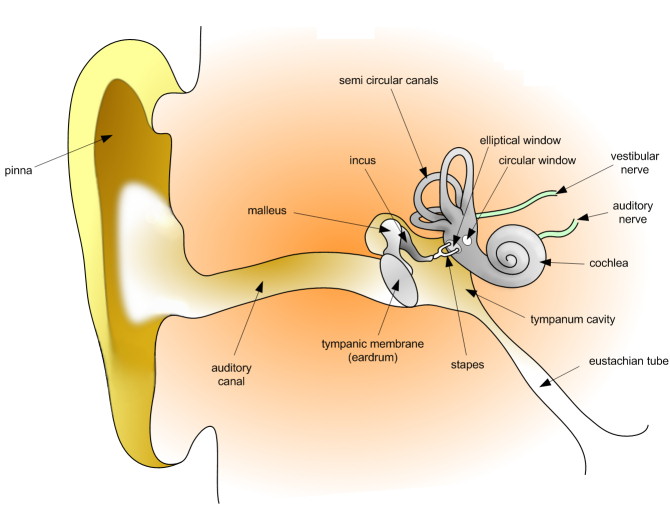 |
| EM spectrumvised By: Philip Ronan, Gringer |
Summary: The electromagnetic spectrum is where all light in the universe falls into, things like radio waves, and gamma rays are some examples of what falls on the spectrum. Even though we can't see most of the light on the electromagnetic spectrum, we have found ways to measure it, both analog and digital, so that we can visualize it to better study all of the different types of light. Only one part of the spectrum can be seen by the human eye, this is called the visible spectrum, which includes all of the colors of the rainbow, and is its own spectrum.
SP4: Analyzing and interpreting data
We took a look at a single graph that was incredibly smooth, and had to plot out ten points that all fell on whole numbers, we then repeated the process but we had to plot out 20 points and they could be whole or fall on half numbers. We observed that as the more points were added to the graph, it not only got smoother, but it also got more accurate to the original graph that we were basing it off of, which shows how accurate results can be given by human hand.
XCC: Patterns
On the electromagnetic spectrum you can see that the shorter the wavelengths get not only do the waves get warmer and warmer, the frequency also increases. The smaller the frequency is the warmer the color it is represented by is, with one noticeable change of color right where the visible spectrum is, this also correlates to the warmer the wave is at its max power, than the cooler the color its represented by on the spectrum. Meaning that the smallest thing on the spectrum, gamma rays, would have a very light purple representing its frequency and a temperature of about 10,000,000 K.


